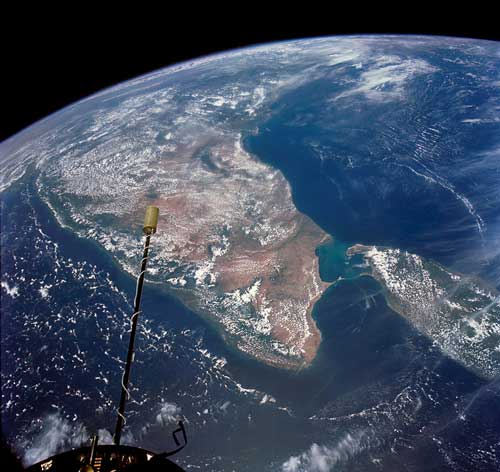Like most verses of my time, I pondered over the use of a ‘home’ (Ghar) in a romantic song like ‘Ghar’ because, in isolation, the lyrics seemed detached from a plain break-up scenario. This melancholic song penned in Hindi by Irshad Kamil is a melodious composition by Pritam from the movie ‘Jab Harry Met Sejal’, and the lyrics go something like this:
[perfectpullquote align=”left” bordertop=”false” cite=”” link=”” color=”” class=”” size=””]खाली है जो तेरे बिना में वो घर हूँ तेरा,
घूमे फिरे तू चाहे सब शहर तू है मेरा |[/perfectpullquote]
I am that home you own which lies desolate without you,
You may roam cities far and wide, but you are only mine.
Home Is Where The Heart Is.
I had seen the movie and thought to connect with the lyrics of this particular (awesome) song, and I did. The protagonist “Harry” (Shah Rukh Khan) is a tour guide perpetually on the road, and (perhaps) yearning to return to his home. The pain of this separation and deep love is likened to the emotions felt by Sejal (Anushka Sharma) for Harry as they are breaking up, and Kamil symbolically combines their despair using the metaphor of ‘home’. It’s a wonderful instance of how lyrics could be subtlely & creatively intertwined with a movie script.



 This is one of
This is one of